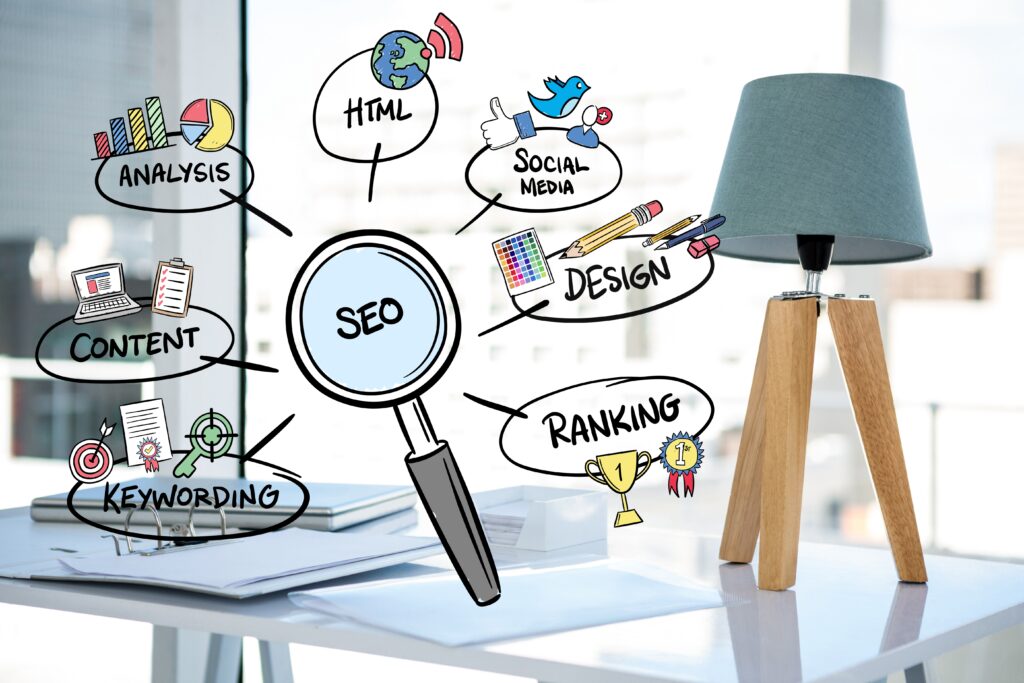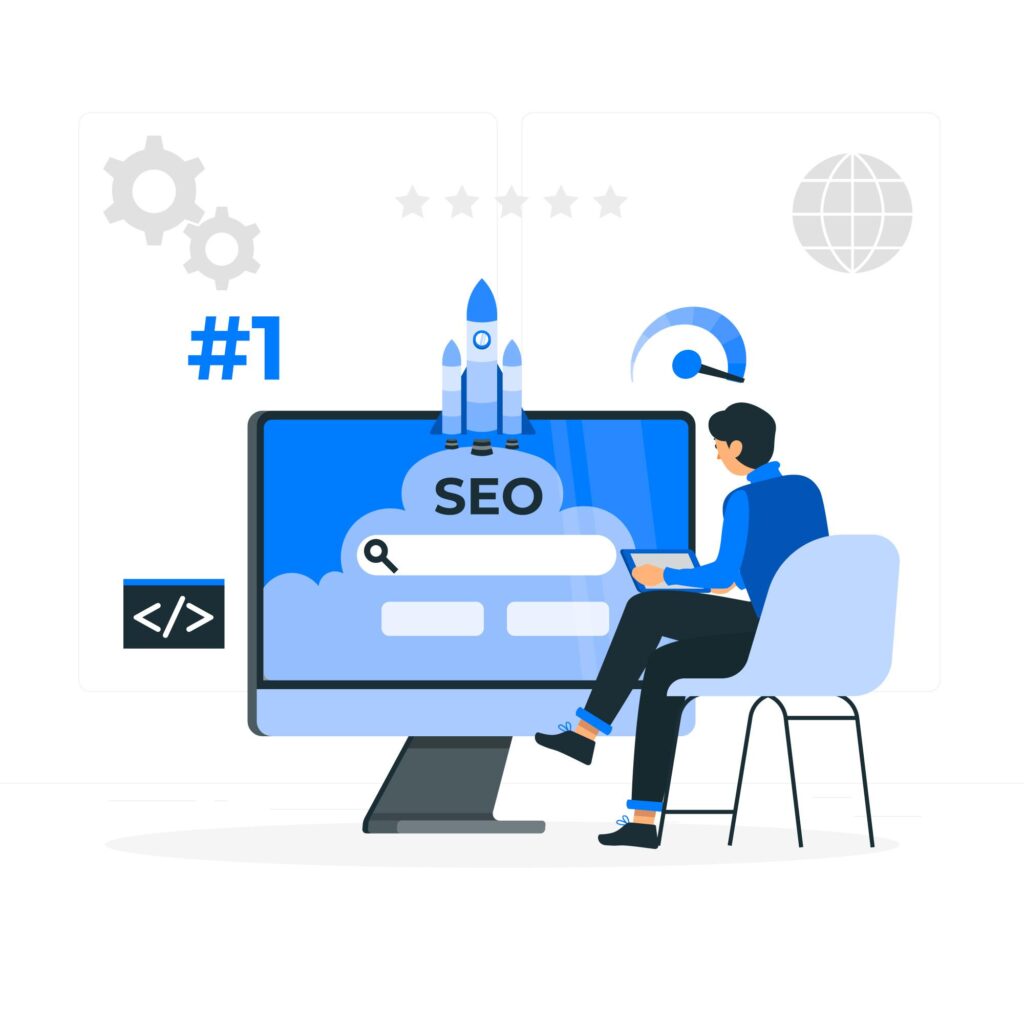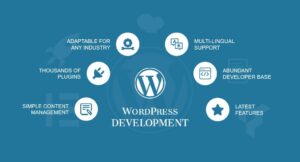Are you having trouble improving your website’s search engine rankings? Do you want to know how to optimize your website so that it ranks higher in search engine results? You don’t need to search any further! In this blog post, we will provide you with a full overview of on-page SEO optimization tactics that can help you increase the exposure of your website and enhance your rankings.
Making your online presence known in the broad digital realm takes more than simply a physically appealing website. Enter the world of Search Engine Optimisation (SEO), a critical factor in determining how highly your website ranks on search engine result pages (SERPs). In this post, we’ll delve into the complex world of on-page SEO optimization approaches, uncovering the strategies that can propel your website to the top.

What is On-Page SEO Optimization?
On-page SEO optimization is the practice of improving the visibility and ranking of your website in search engine results by optimizing various aspects of your website. Your website’s content, HTML tags, meta tags, headings, URLs, and internal linking structure are examples of these aspects. You can make your website more search engine friendly and boost its chances of ranking higher in search engine results pages (SERPs) by optimizing these features.
On-page SEO, at its heart, entails optimizing individual web pages in order to rank higher and receive more relevant traffic. It is the fine-tuning of numerous parts on your website to ensure they are in accordance with search engine algorithms. A well-executed on-page SEO strategy is critical not only for increasing exposure but also for improving user experience.
How to Optimize Your Website for On-Page SEO?
Now that you understand the significance of on-page SEO optimization, let’s look at some tried-and-true tactics for implementing it on your website:

1. Conduct Keyword Research:
The foundation of any good SEO campaign is keyword research. It entails determining the keywords and phrases your target audience uses to seek relevant information or products/services. By strategically combining these keywords into your website’s content, you may boost its relevance and visibility to search engines.
The journey starts with keyword research, which is the foundation of every efficient on-page SEO strategy. Find out what search terms and phrases your target audience is using. Tools like as Google Keyword Planner and SEMrush can provide useful insights and assist you in tailoring your content to fit user intent.
2. Improve the Titles and Meta Descriptions of Your Pages:
Page titles and meta descriptions are critical components for optimizing on-page SEO. Make sure your page titles are brief, descriptive, and contain important keywords. Similarly, write intriguing meta descriptions that persuade readers to click on the link to your website in search results.
Creating enticing titles and meta descriptions is similar to making an appealing trailer for your website. These snippets not only influence click-through rates but also add context to search engines. Make them interesting, informative, and, above all, indicative of your content.
3. Create High-Quality, Relevant Content:
In the world of SEO, content is the king. On-page optimization requires the creation of high-quality, relevant content that answers consumers’ questions. Avoid keyword stuffing by using your target keywords naturally throughout your text.
4. Role of Header Tags for On-Page SEO (H1, H2, H3, H4)
The header tag hierarchy is critical for organizing your content for both readers and search engines. Maintain a logical flow by utilizing H1 for primary headers, H2, H3, and H4 for subheadings. This arrangement improves both readability and SEO.
5. URL Structure
A well-structured URL benefits both users and search engines. Choose short, descriptive URLs that convey the page’s content. Avoid superfluous parameters and use hyphens to separate words to make it easier to interpret for both people and search engines.
Mastering WordPress Development
6. Content Optimization for On-Page SEO
Quality content is still the foundation of on-page SEO. Create useful, relevant, and entertaining content that incorporates target keywords seamlessly. Avoid keyword stuffing and instead focus on giving value to your audience.
7. Image Optimization for On-Page SEO
Don’t underestimate the power of visuals. Use descriptive alt tags and sensible file names to optimize them. Compress photos to increase page loading time, which has a big impact on user experience and search rankings.
8. Internal Linking for On-Page SEO
By deliberately inserting internal links, you can create a network of interconnected content. Linking to related content not only improves navigation but also increases your site’s thematic importance in the eyes of search engines.
9. Mobile Optimization for On-Page SEO
With the increase in mobile consumers, mobile optimization has become critical. Ensure a responsive design that adapts to multiple devices easily. Google favors mobile-friendly websites, making it an important on-page SEO consideration.
10. Page Speed

User tolerance is limited, and a slow-loading page can turn off visitors. Using tools like Google PageSpeed Insights, you can assess and improve the speed of your website. Images that have been compressed, code that has been minimized, and server response times that have been optimized all contribute to a speedier user experience.
11. Schema Markup for On-Page SEO
Use schema markup to give search engines additional context about your material. Schema implementation can result in rich snippets, which increase the visibility and appeal of your search results.
12. User Experience (UX)
Prioritize the entire user experience over technicalities. A pleasant user experience not only delights visitors but also helps to improve search rankings. A seamless user experience is dependent on factors such as straightforward navigation, clear calls-to-action, and mobile responsiveness.
13. Social Media Integration for On-Page SEO
Search rankings are increasingly influenced by social signals. By sharing content across platforms, you may incorporate social media into your on-page SEO approach. Encourage social sharing and engagement to boost your online visibility.
14. Monitoring and Analytics
Monitoring and analytics are essential components of any on-page SEO strategy. Keep track of your keywords’ performance, user interaction, and conversions. Tools like Google Analytics and Search Console provide vital data that can be used to constantly modify and optimize your strategy.
Conclusion
Beginning the road of on-page SEO optimization necessitates a comprehensive approach. By comprehending and putting into practice the various approaches outlined, you pave the path for a website that not only attracts search engines but also captivates and retains your audience. Keep up with changing trends, adjust your plan, and watch your internet presence improve dramatically.



